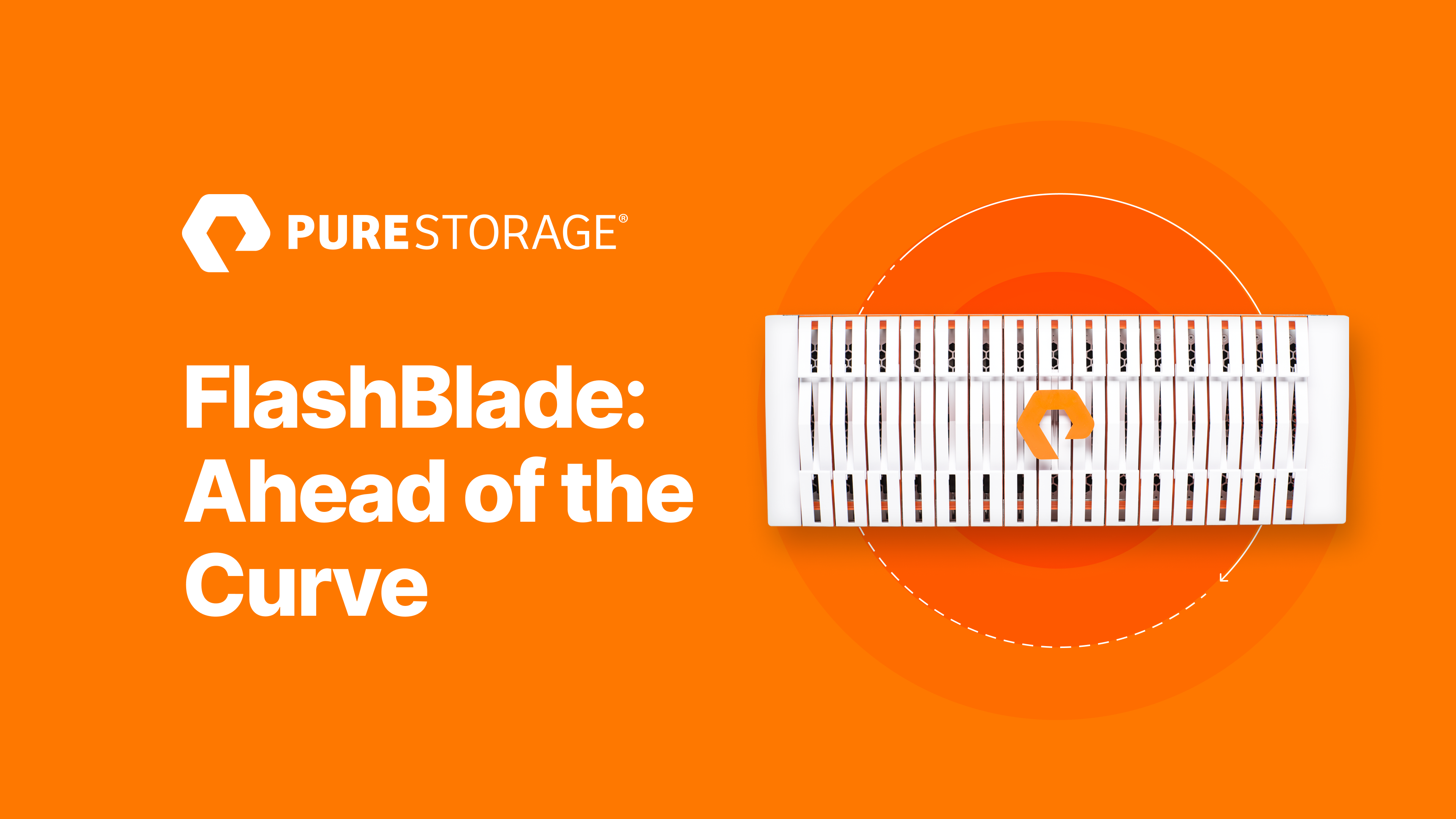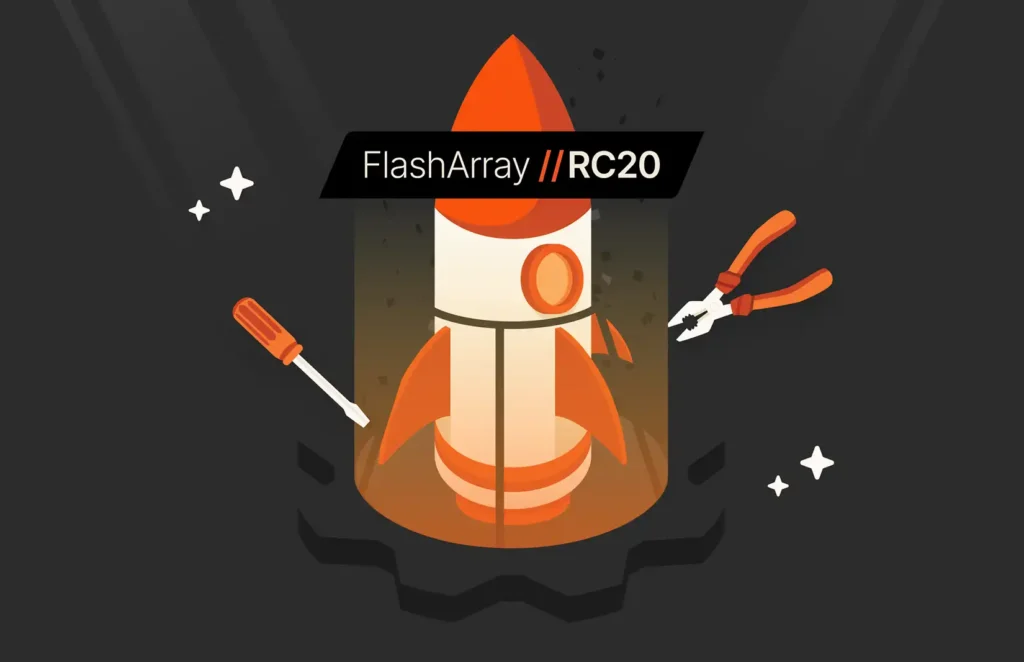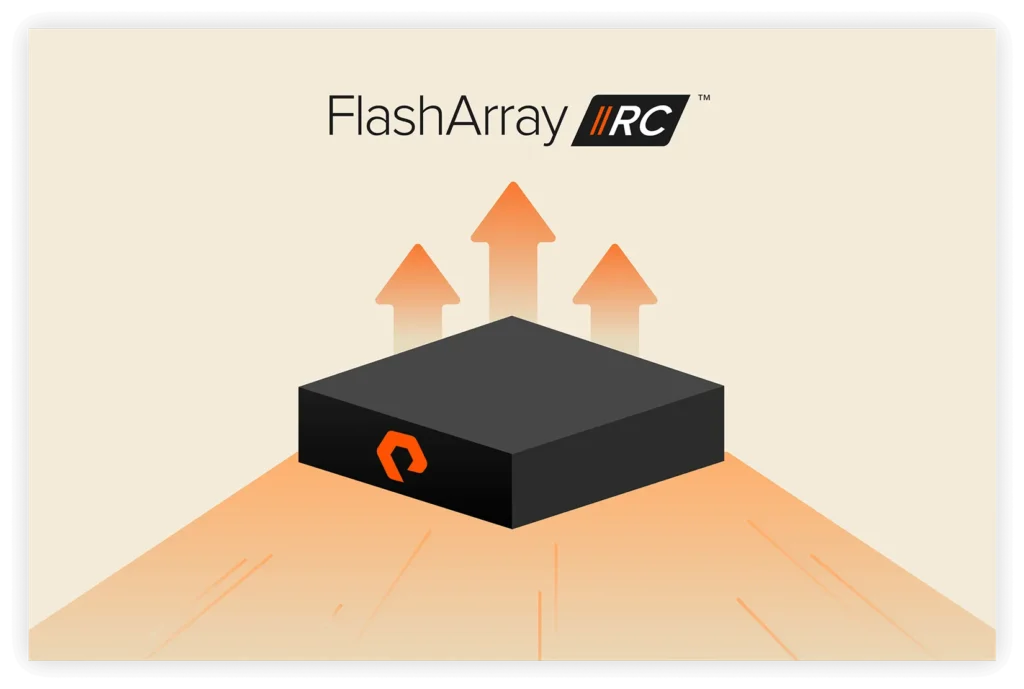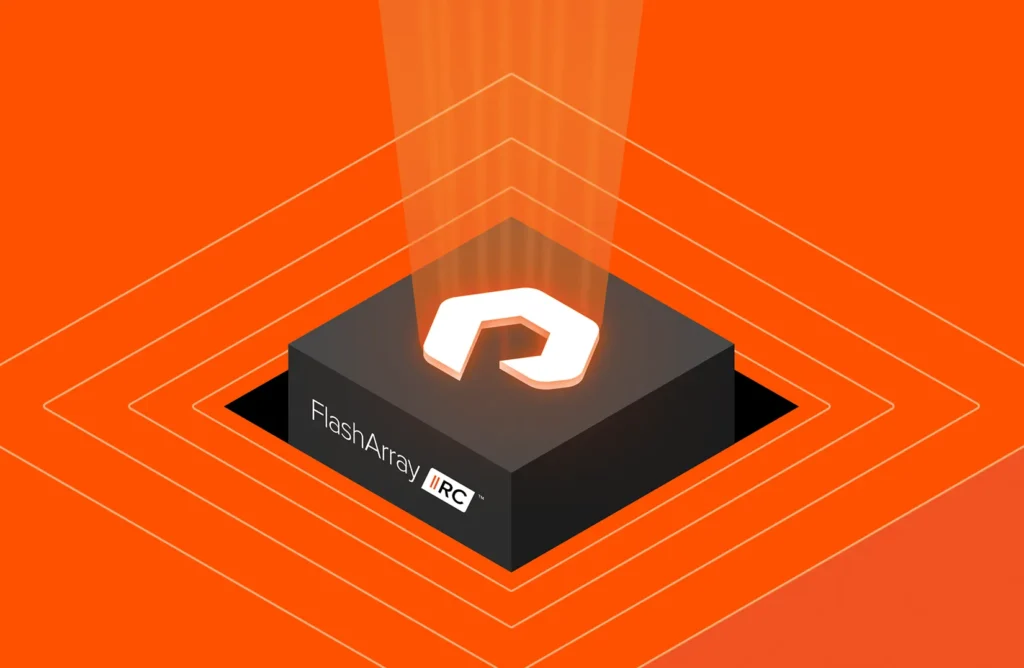The amount of unstructured data continues to grow rapidly as machines generate information at unprecedented rates. Organizations that learn how to efficiently leverage this data and power their modern applications will stay ahead of the competition. But to do that, they need a robust storage solution that can enable them to achieve better business outcomes from their data and gain a competitive advantage in this modern age.
How Flash-native Architecture Changes the Game
In a recently published report, Wikibon covers how organizations that use flash-native storage can improve productivity and gain significantly greater value from their staff.
Flash-native architecture eliminates bottlenecks and is designed to enable parallelism. It allows the system to connect to each flash chip, creating a massively parallel data path to accelerate concurrent data access for today’s data-intensive applications. Flash-native architecture also eliminates the use of serial protocols associated with using disk software to talk to solid-state disks (SSDs). In comparison to hard drives with moving components, flash-native storage is faster and easier to rewrite. It also uses less space and energy.
According to Wikibon, IT systems supported by flash-native storage can help organizations analyze real-time data more efficiently. This helps them synchronize their business processes and achieve automation, leading to lower overall costs and enhanced productivity.
Supporting Modern Workloads
Flash-native architecture such as Pure Storage® FlashBlade® is proving to be the preferred choice for organizations for their modern workloads. To support their digital transformation, organizations are driving results with FlashBlade, a unified fast file and object (UFFO) storage platform. It’s engineered from the ground up for flash to deliver multi-dimensional performance via a highly parallel architecture.
A truly scale-out platform, FlashBlade can support modern workloads that require linear scalability and performance without trade-offs. It delivers a single namespace that can scale from terabytes to multi-petabytes, supporting the billions of files and objects that are common now.
As a result, FlashBlade takes consolidation of demanding workloads to the next level. With FlashBlade, data analysts, scientists, engineers, and other professionals analyzing real-time data can achieve faster time to insights so that new advances and offerings get to market faster.
“Real-time tracking of parcel deliveries requires a powerful infrastructure and fast calculation time. We were able to develop these value-added services with Pure Storage.” –Robert Radu, Head of Infrastructure Division, Chronopost
Reducing IT Costs
In its research, Wikibon highlights that another way in which organizations gain more value from using flash-native storage is by reducing IT costs. In comparison to hard-disk drives (HDDs) that require significant work regularly, flash-native storage is simpler in architecture and easier to manage. This means administration can focus on more critical responsibilities that add value to the organization.
FlashBlade is easy to install, manage, and upgrade, and has built-in integrated networking. It can handle some of the most demanding workloads—including massive AI and chip-design environments—without manual tuning. Setting up replication on FlashBlade takes just two steps. You won’t need to wade through a stack of manuals or have a Ph.D. in storage, networking, and running science experiments. Our vision is “more petabytes than people” or less than one full-time employee to manage massive volumes of data.
According to Wikibon, enterprises using flash-native storage are also able to reduce their overall IT expenses by lowering equipment costs, as well as power and space rentals. FlashBlade uses dramatically less energy and creates far less waste than similar solutions from other vendors.
FlashBlade is helping organizations simplify storage management, make productivity gains, and lower costs.
“FlashBlade’s ability to scale up performance while lowering I/O latency has exceeded our expectations. Evergreen’s non-disruptive upgrades have also simplified the management of our infrastructure dramatically.” –Alvin Ong, CIO, NTU SINGAPORE
The Future Is Flash
More and more organizations are continuing to realize the numerous advantages of flash-native storage and switching to it. The changing ecosystem of declining flash costs and growth in unstructured data means that organizations with a flash-native architecture such as FlashBlade will certainly gain significantly more value from their data.
“Pure Storage is purpose-built for flash technology while other solutions have been adapted for it. That’s a major differentiator.” –Gonzalo Vera, Head of Scientific IT, CRAG
As Wikibon concludes, “Flash-native storage will become a fundamental component of massively decentralized computing architectures, comprising distributed data, multi-cloud, heterogeneous compute, and intelligent edge networks.” Or simply put, FlashBlade will be pivotal in the modern data-centric world.
Take a Test Drive
Discover the power of the industry’s most advanced all-flash storage solution for consolidating fast file and object data.







